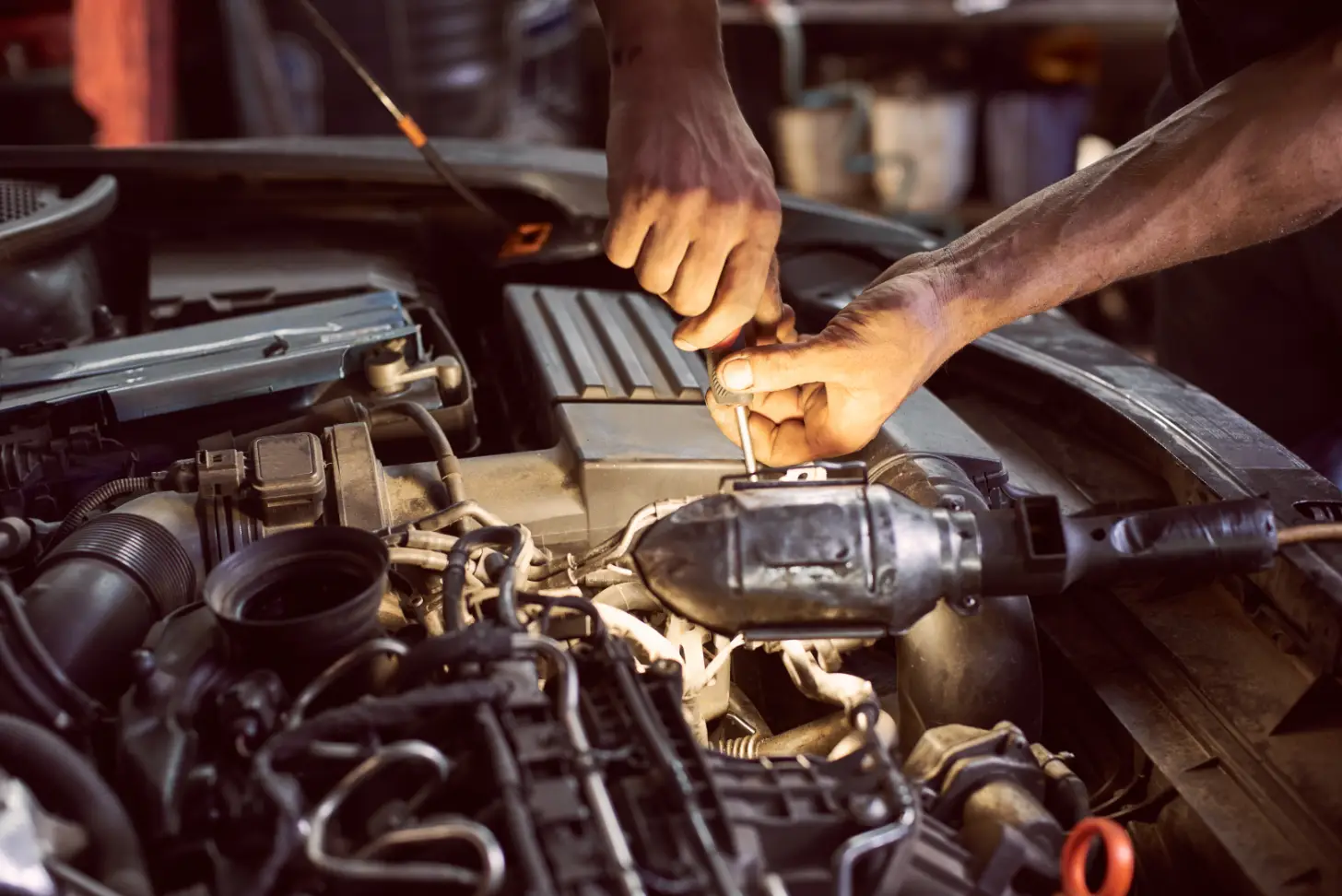How to Extend the Life of Your Trailer With Monthly Inspections

Why Monthly Inspections Matter
Neglect is a trailer’s worst enemy. While annual or even quarterly inspections are a legal necessity in many regions, monthly checks go a step further—they give you the opportunity to catch issues in their infancy. By identifying minor wear before it turns into a major failure, monthly inspections become the keystone of preventive maintenance.
Heavy-duty trailers face countless stressors:
- Shifting loads
- Braking stress
- Road vibrations
- Environmental exposure
Over time, these forces silently degrade components such as brakes, axles, wiring, and suspension systems. Monthly inspections function like a report card—keeping tabs on the trailer's mechanical health before things snowball.
Key Components to Inspect Monthly
Braking Systems
Start here. A trailer's brake system endures constant pressure and heat. For most heavy-duty trailers, air brake systems are standard. Each month, inspect:
- Air lines for cracking or leaks
- Service chambers and pushrods for air retention
- Slack adjusters for proper stroke and wear
- Brake shoes and drums for glazing, heat cracking, or uneven wear
Catching excessive slack or a dragging brake early can prevent total system failure or fire.
Suspension System
Whether your trailer uses leaf spring or air suspension, this system is crucial for maintaining load stability and ride quality. Visually inspect:
- Spring packs for broken leaves or shifted alignment
- Airbags for dry rot or uneven inflation
- Shock absorbers for leaks or denting
- Mounting brackets for cracking or movement
An unbalanced suspension wears tires unevenly and places unnecessary stress on the chassis.
Tires and Wheels
Tire blowouts are expensive and dangerous. Check:
- Tread depth and irregular wear patterns
- Tire pressure with a calibrated gauge
- Sidewalls for bubbles or gouges
- Wheel bearings for excessive play, noise, or overheating
- Lug nuts for tightness and torque specs
If you find any heat staining or grease leakage at the hub, your wheel bearings may be on the verge of failure.
Lighting and Electrical
Trailers require lighting systems that are fully functional, especially when running long haul or overnight. Monthly inspection should include:
- All marker lights, brake lights, and turn signals
- Wiring harnesses for frays or exposed sections
- Connection points for corrosion or looseness
- Battery packs or auxiliary power units (if applicable)
Reliable lighting is not just about compliance—it’s also about safety and communication on the road.
Couplers and Landing Gear
Don’t forget the trailer's interface with the tractor:
- Fifth-wheel kingpin for rust, cracks, or unusual wear
- Landing gear for smooth cranking, no bending, and lubrication
- Crank handles and support plates for damage or corrosion
- Safety chains and breakaway cables for integrity and function
Malfunction here leads to catastrophic disconnection or collapse—especially during load transfers.
Frame and Structural Components
Finally, look at the bones. Rust, cracks, and fatigue in the trailer's frame or decking can develop slowly but lead to disastrous failure under load. Examine:
- Crossmembers and frame rails
- Weld seams for hairline cracks
- Rust spots (especially around joints or fasteners)
- Flooring for soft spots, warping, or punctures
Document any changes from previous inspections and monitor them closely.
How to Structure the Inspection Process
To ensure consistent results, build a monthly trailer inspection checklist and stick to it. Make sure your technicians:
- Perform inspections on a level surface
- Use proper lighting and tools
- Log all findings in a digital or physical maintenance record
- Flag any immediate safety concerns for repair before road use
A digital recordkeeping system allows for historical tracking, trend analysis, and DOT compliance—a win on every front.
Common Issues Monthly Inspections Can Prevent
Neglecting monthly inspections leaves room for small problems to metastasize. These checks commonly reveal:
- Leaking wheel seals before they contaminate brakes
- Worn-out bushings that affect alignment and tire life
- Cracked s-cams or twisted slack adjusters
- Air leaks that reduce brake efficiency
- Crumbling shock mounts and loose U-bolts
Each of these issues, if caught early, costs a fraction of what emergency road service or full component failure would demand.
Practical Advice for Fleets and Owner-Operators
If you run a fleet, assign inspection duties to a dedicated team or schedule rotating technician shifts. For owner-operators, block out time each month—perhaps every first Saturday—for detailed walkthroughs. Consider integrating:
- Thermal cameras for hotspot detection on brakes or hubs
- Torque wrenches to verify lug nut accuracy
- Ultrasonic tools for air leak detection
- Grease guns for suspension and fifth-wheel maintenance
These aren’t just inspection aids—they’re investments in uptime.
Extend Your Trailer Life
By consistently inspecting brakes, suspension, lighting, tires, and structural components, you dramatically increase your trailer’s lifespan while reducing unexpected downtime. In the long run, an hour each month could save thousands in repairs and lost revenue.
If you require trailer preventive maintenance in Richmond, VA, contact Dog House Trailer Repair today.
